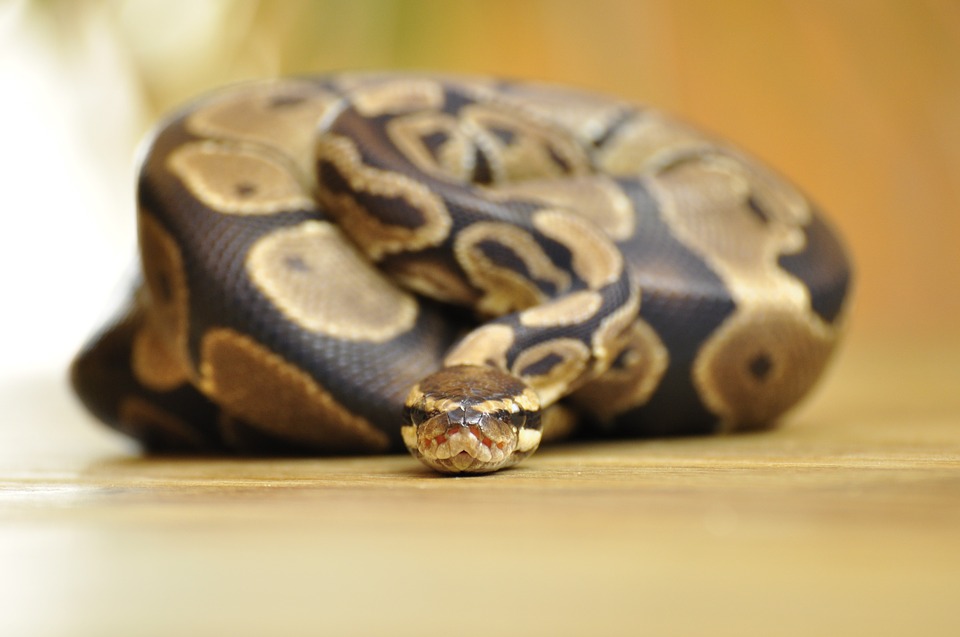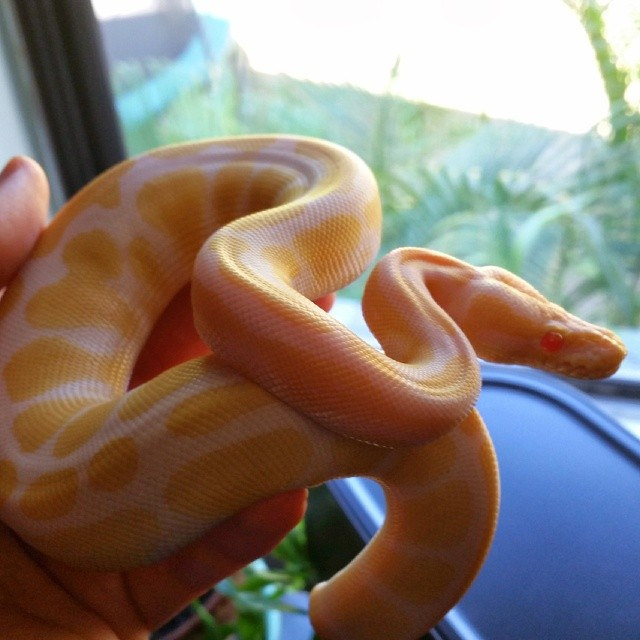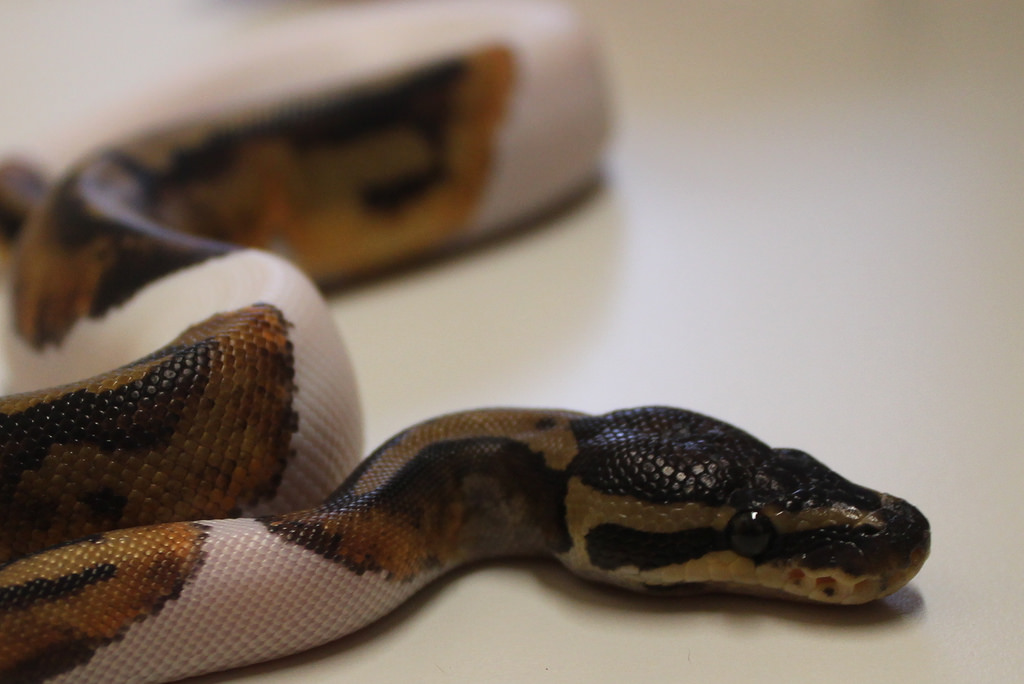
Most people think of ball pythons as the beginner snake. They’re the exotic pet you buy when you’ve never owned a reptile before. It makes sense. Ball pythons are docile and easy to care for. If you think these snakes, however, are only for beginners, then you’ve been mislead. Actually, many collectors prize their ball python collection and even pay quite a bit of money for particular specimens.
If you thought ball pythons were boring or the sign of a novice exotic pet owner, then that may surprise you. The truth about these snakes is that they come in a huge variety of morphs, or color and pattern variations.
Fortunately, it’s not too late to start learning about all the unique types of ball pythons. Get your collector knowledge started right here, right now, with this info on ball python morphs.
Basic ball python
Most ball pythons caught in the wild have what is considered normal ball python color patterns. These snakes have a blotchy pattern of medium brown and dark brown to black areas. Their bellies tend to be a pale shade of gray or off-white. Young snakes may look golden, yellow, or yellow-brown. Normal ball pythons have black eyes that do not reflect light.
There is, of course, some variation within the patterns of standard ball pythons. Not every little difference represents a morph. For instance, the paler (medium brown) areas may have smaller dark spots in them. Sometimes there are just one or two, and sometimes they look like many freckles. Other standard ball pythons don’t have these at all.
Ball python morphs

Classic albino
This morph lacks pigmentation and appears white with yellow markings. The yellow markings may appear darker or orange-gold in babies. The blotchy pattern is the same as on a standard ball python. Classic albinos also have a pink tongue and pink eyes.
Caramel albino
This variation of albinism presents as a rich yellow color. Again, the pattern is the normal ball python pattern. They also have pink tongues, but the eyes are dark, and when you shine a light in them they reflect a deep ruby shade.

Piebald
The piebald morph was one of the earliest ball python variations, and it’s still a favorite for its unique appearance. The head has the normal color and pattern for a standard ball python, but the body shows large bright-white spaces, as though part of the pattern is just missing.

Axanthic
The axanthic morph looks like a black-and-white photo of a ball python. Its coloring is black, white, and gray. Occasionally, some axanthic individuals will gain a bit of brown as they mature.
Other morphs
There are, in fact, more ball python morphs being discovered all the time. Most of these morphs are the result of recessive genes that can be bred for in future snakes. Here are a few more morphs you may hear about or come across:
- Clown ball python
- Ghost ball python
- Jungle ball python
- Spider ball python
- Butter ball python
- Bumblebee ball python
- Ivory ball python
You’ll also find combinations of all these morphs, specimens that display a color and pattern that results from combining various gene mutations. Come check out the ball pythons available at The Tye-Dyed Iguana.
